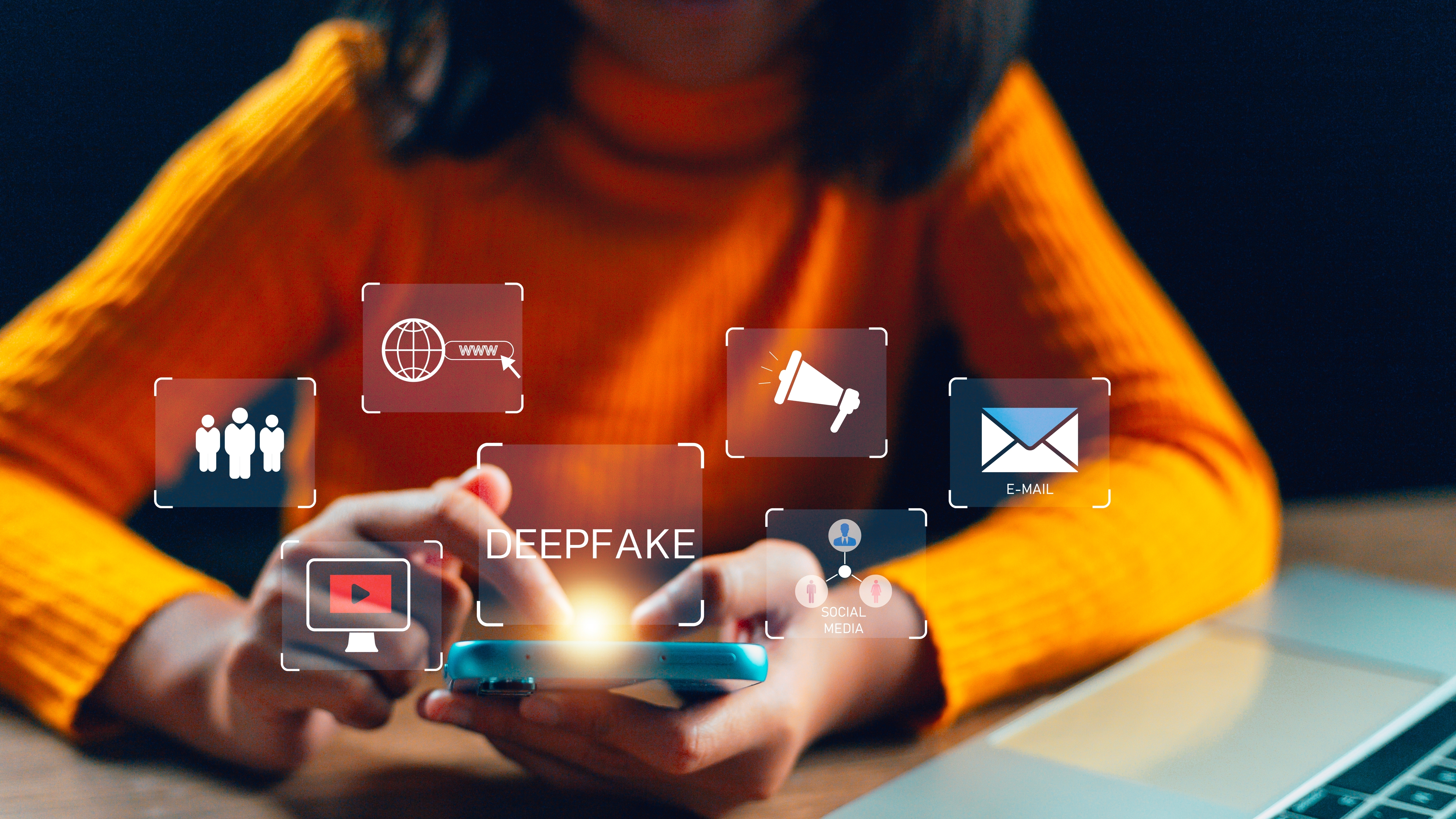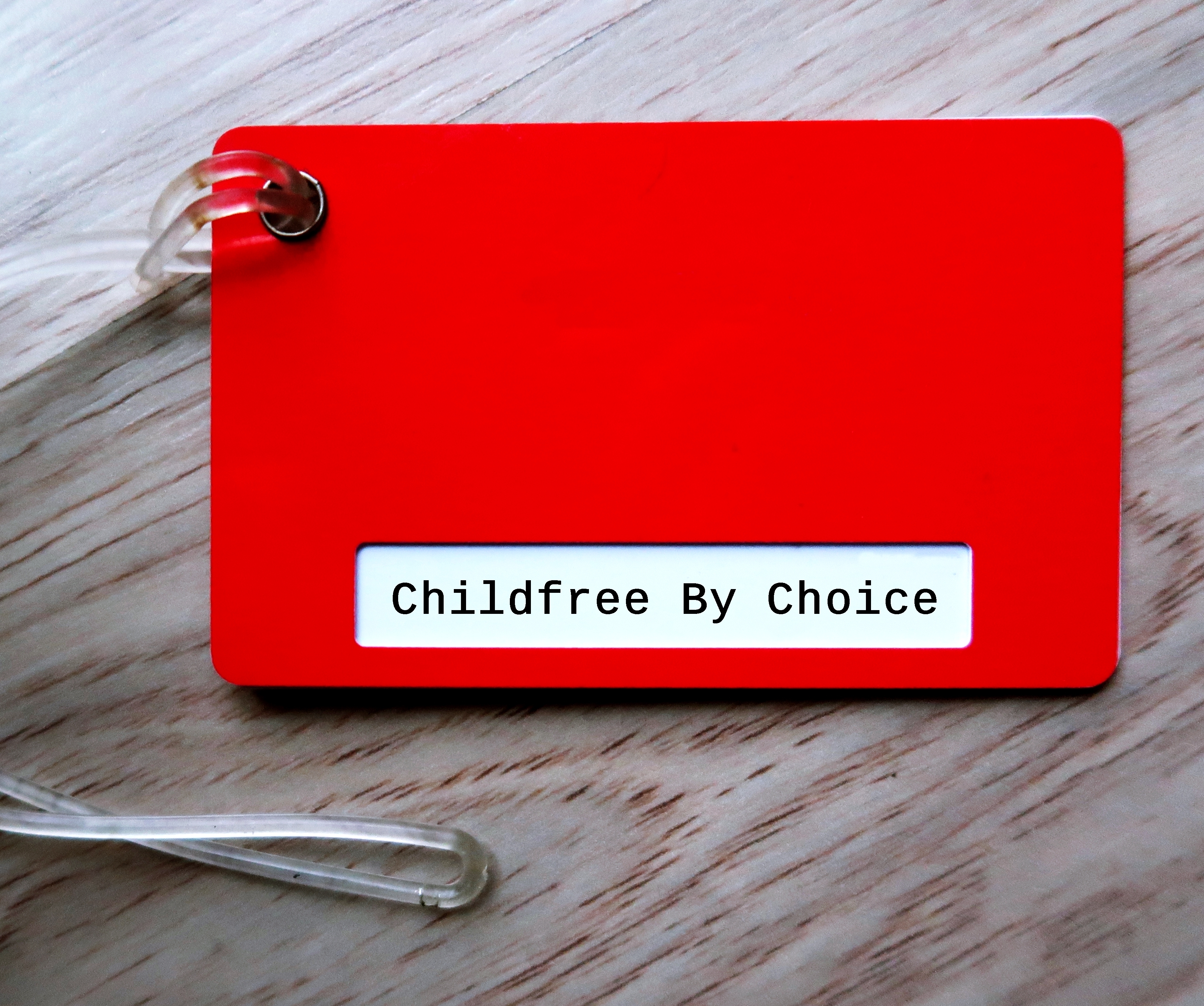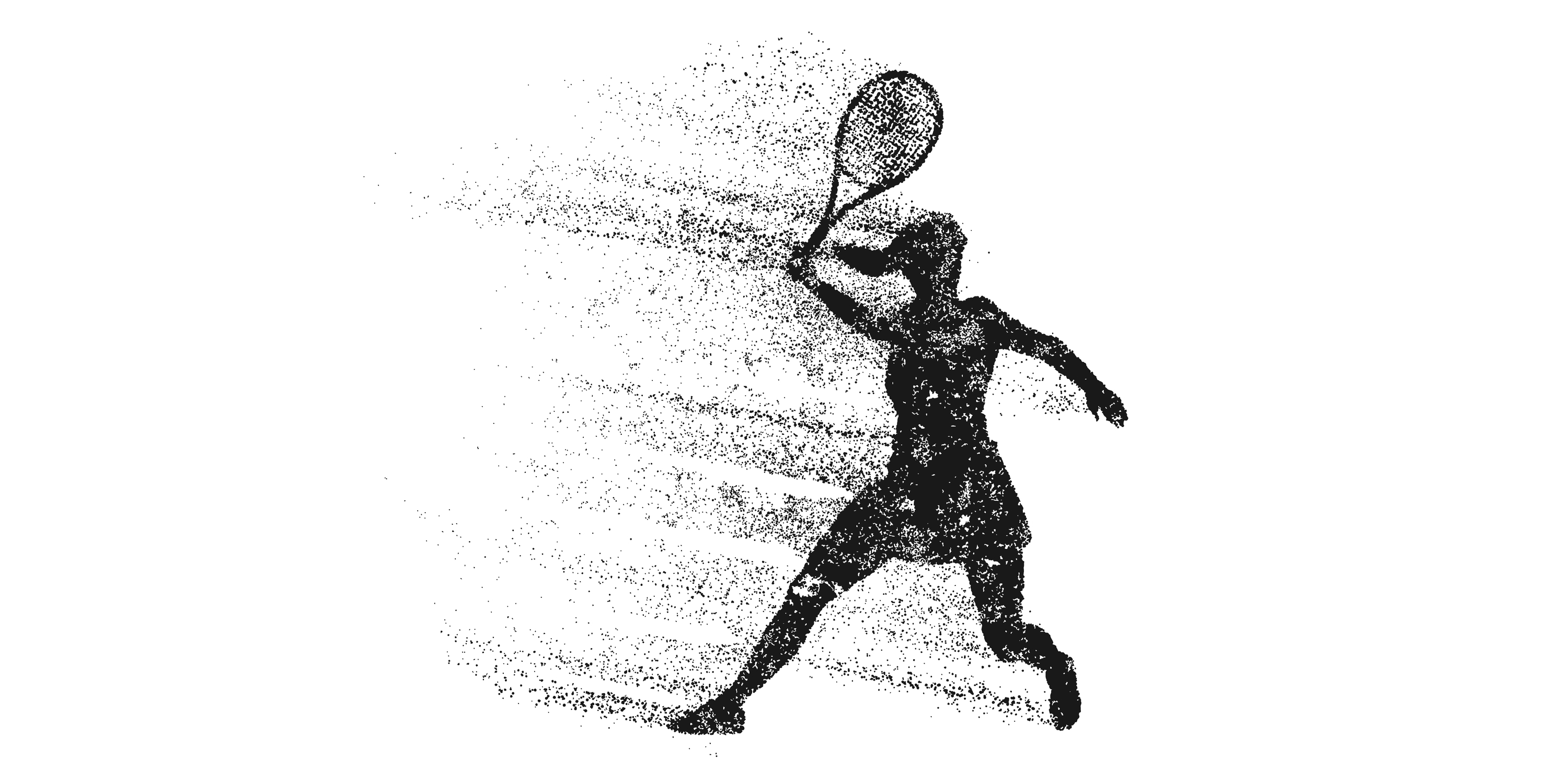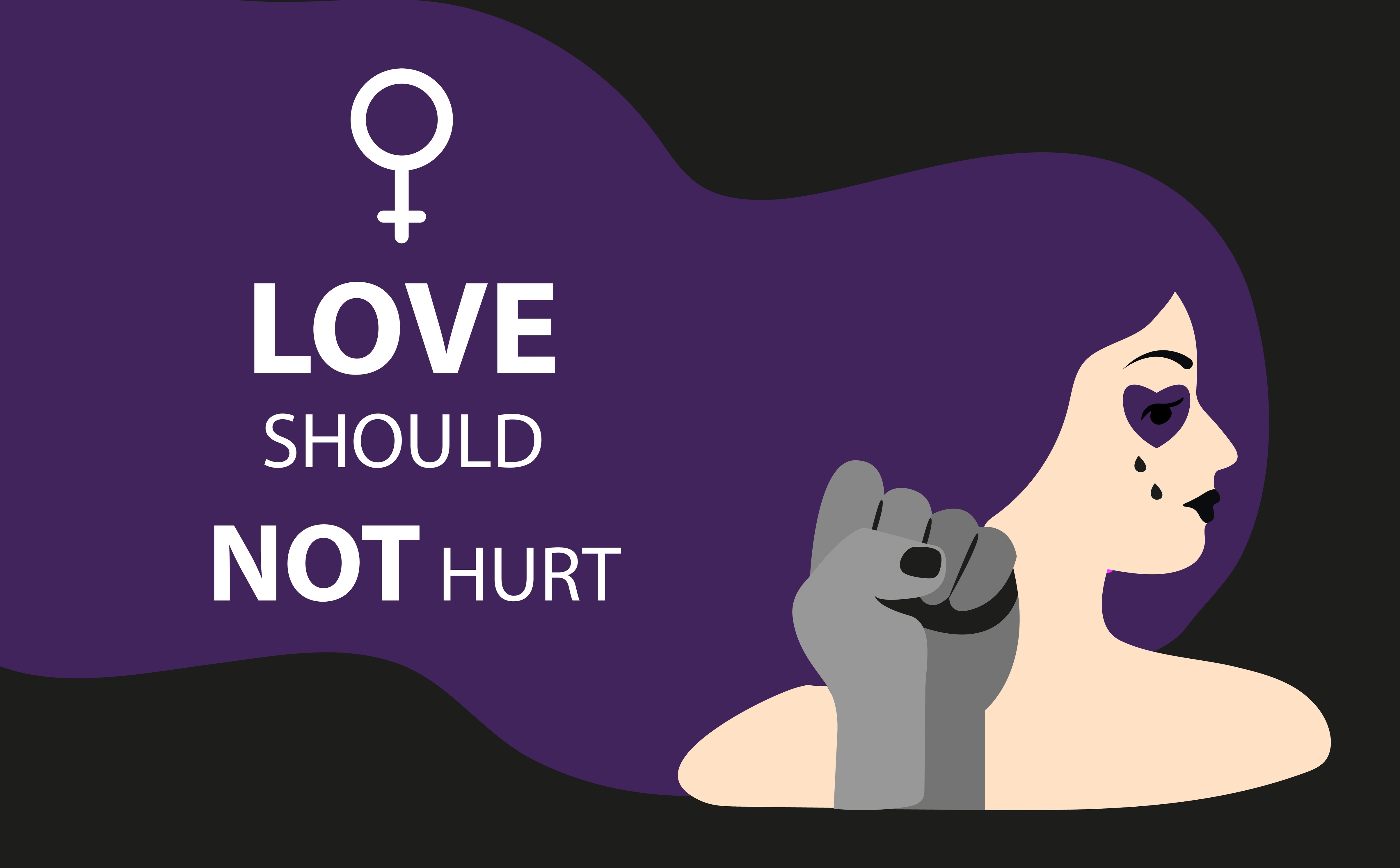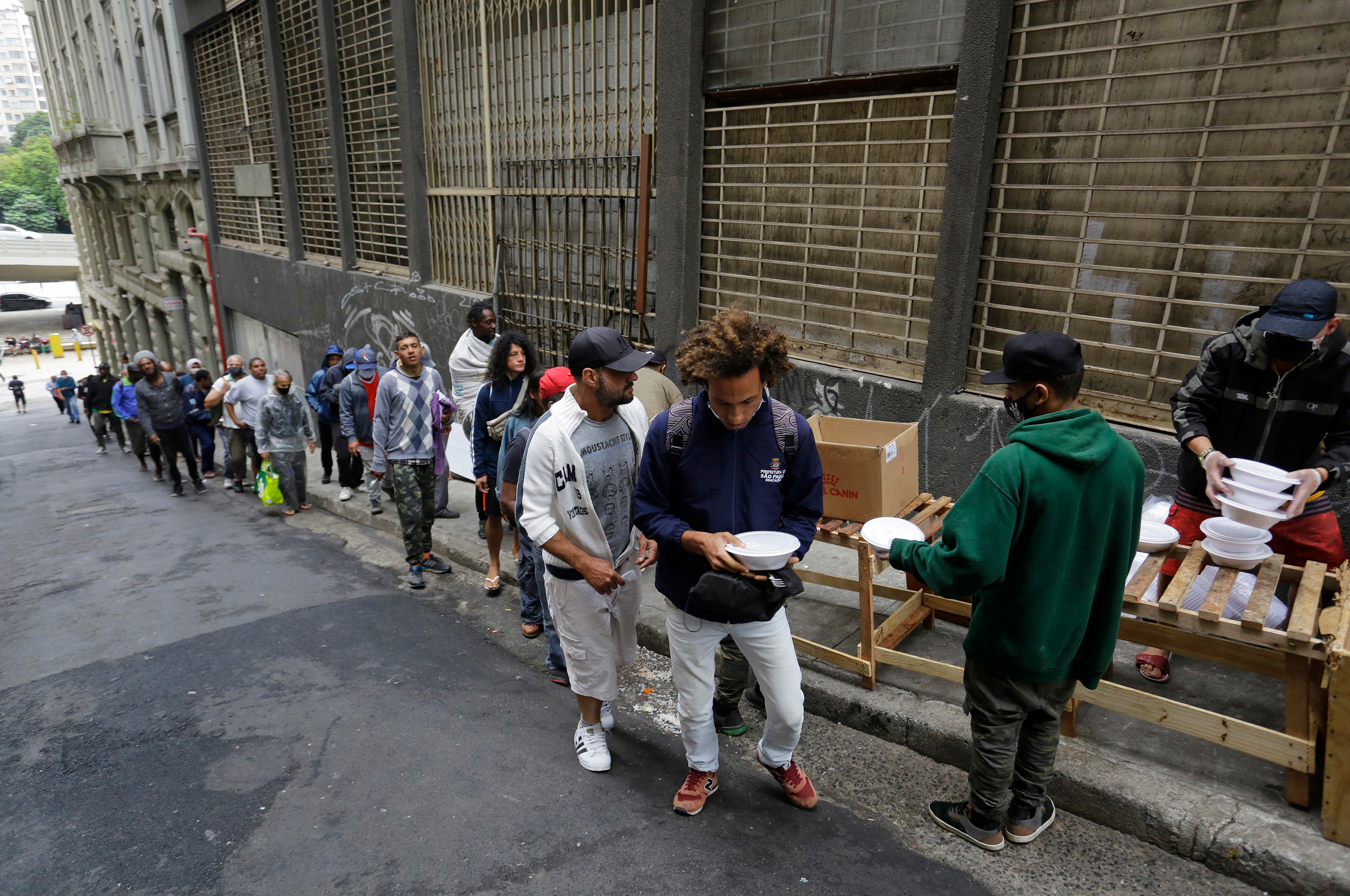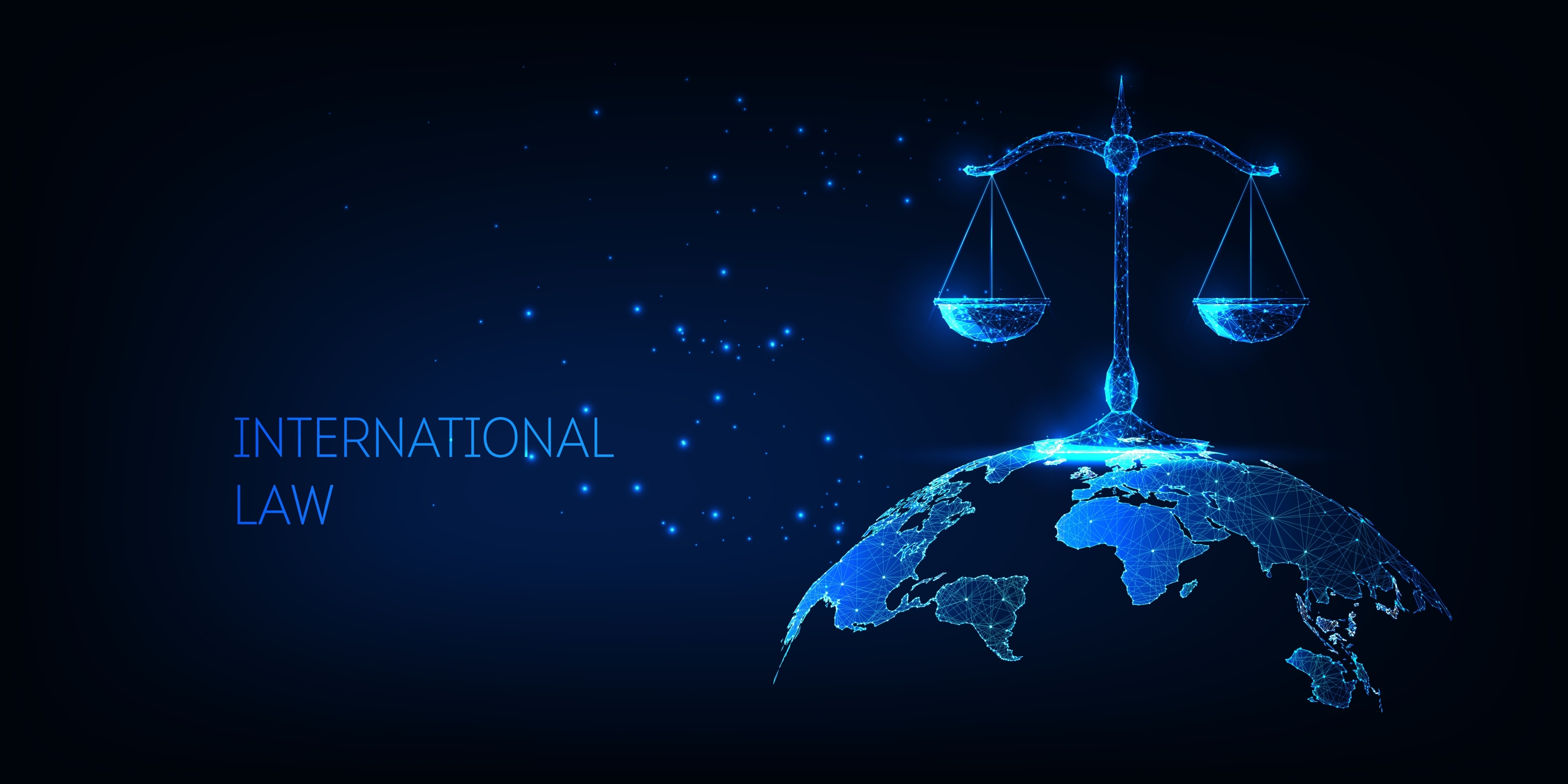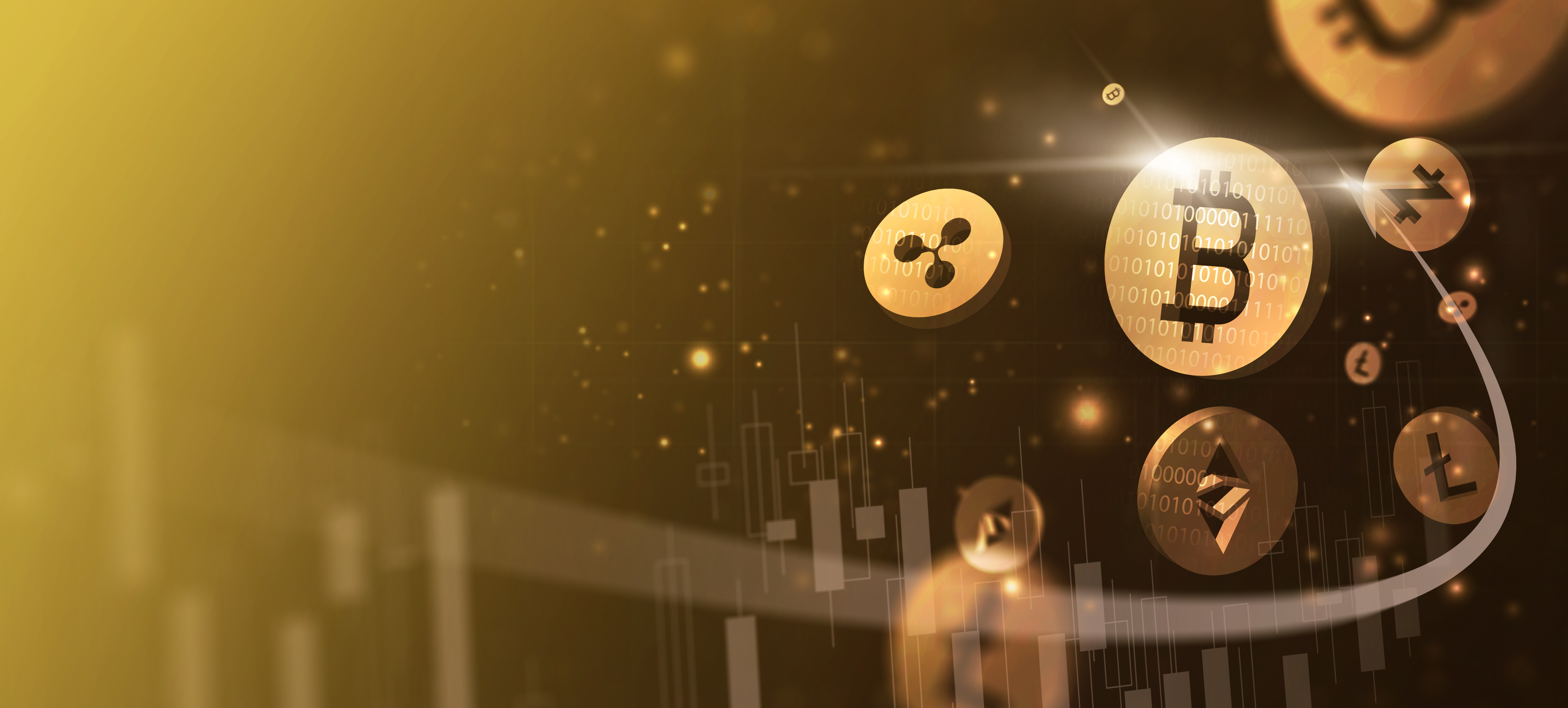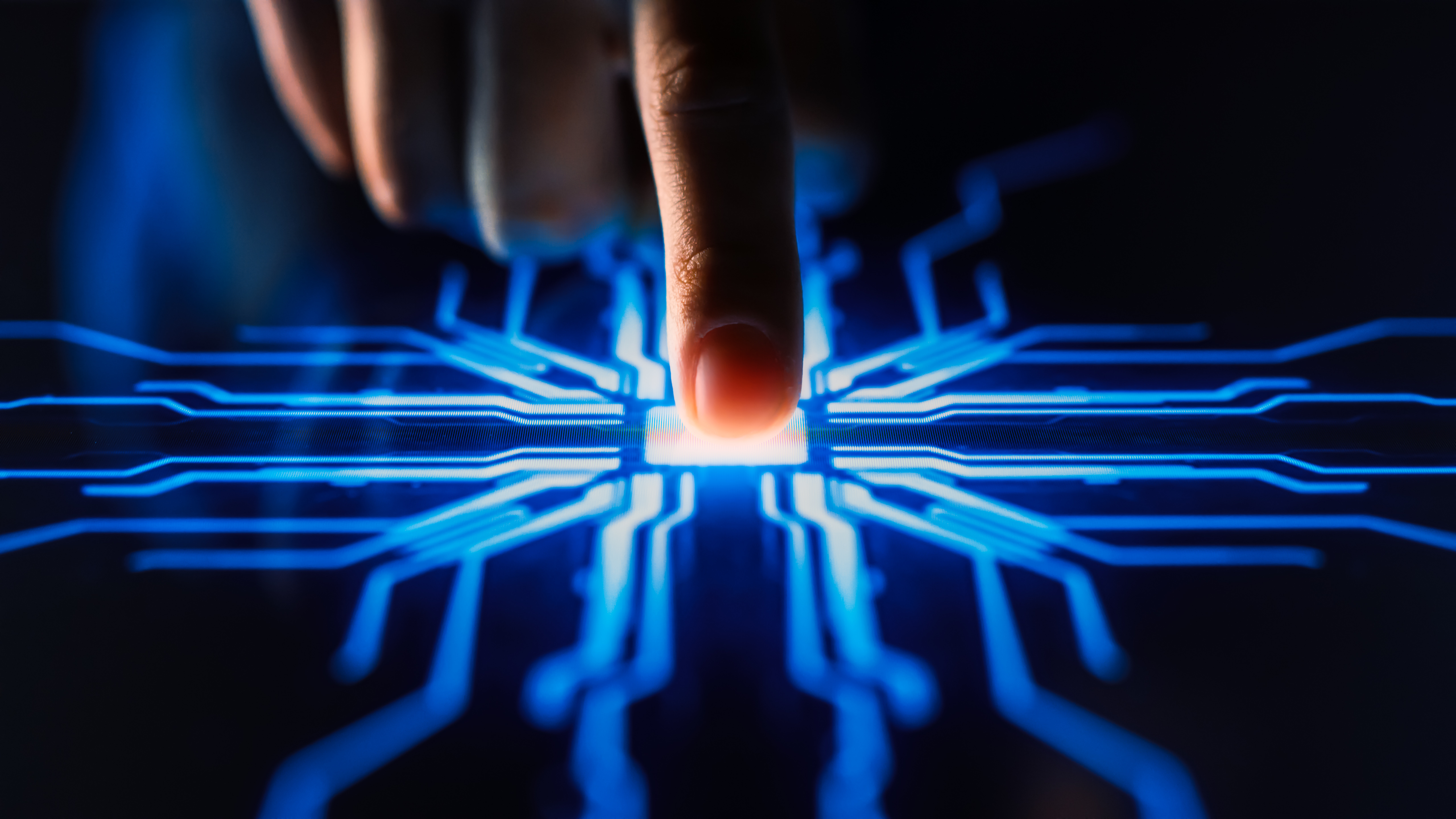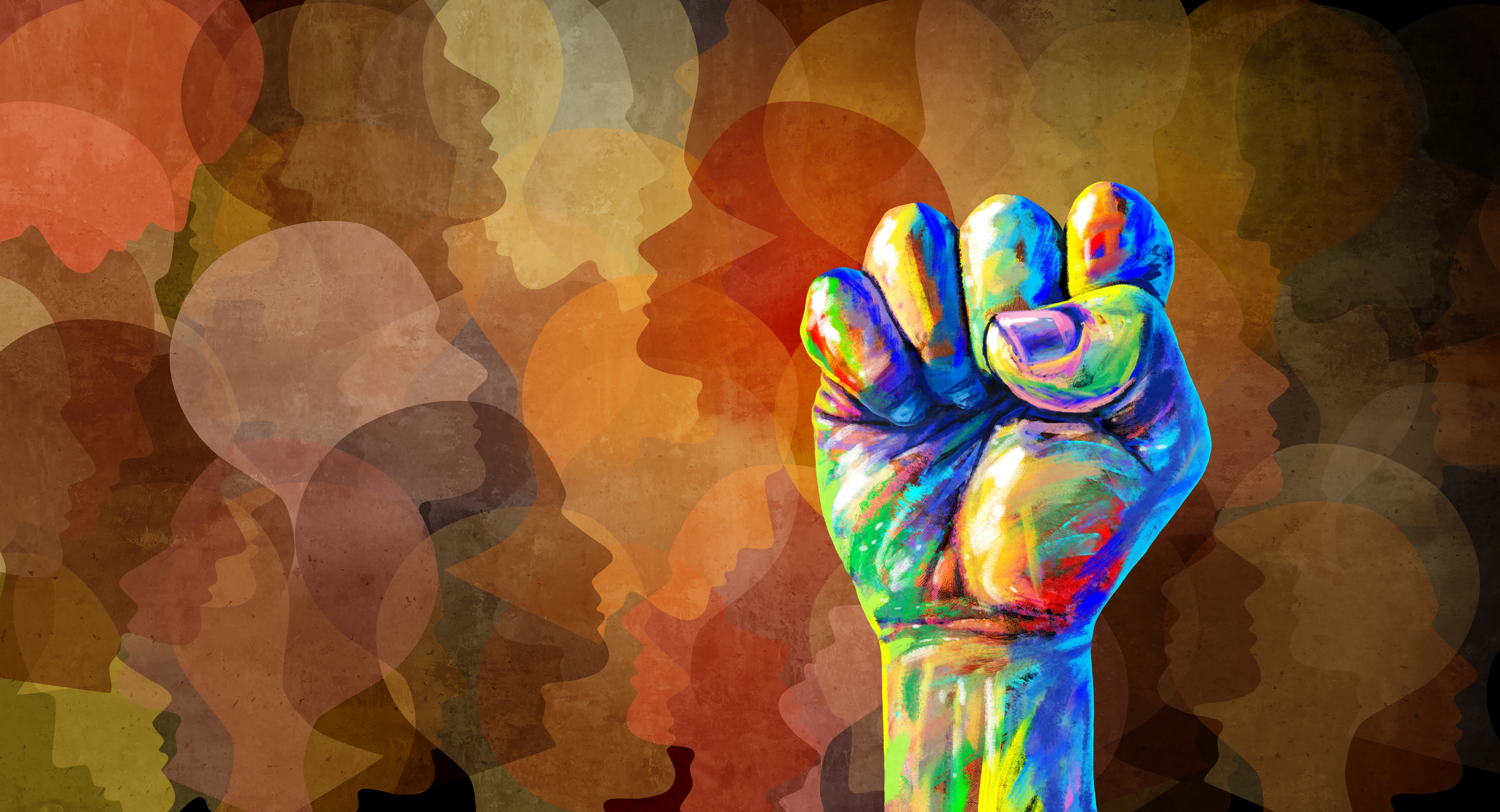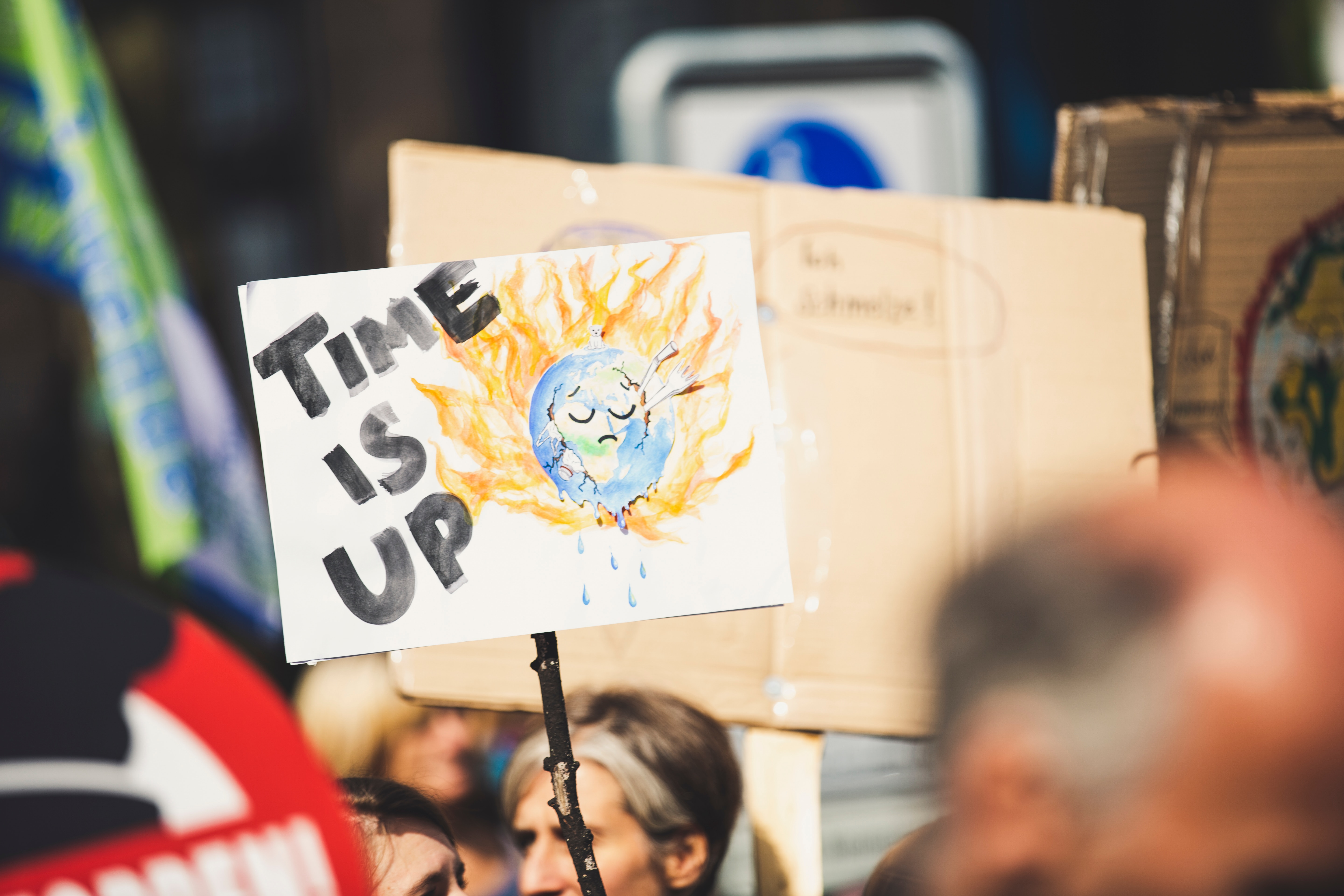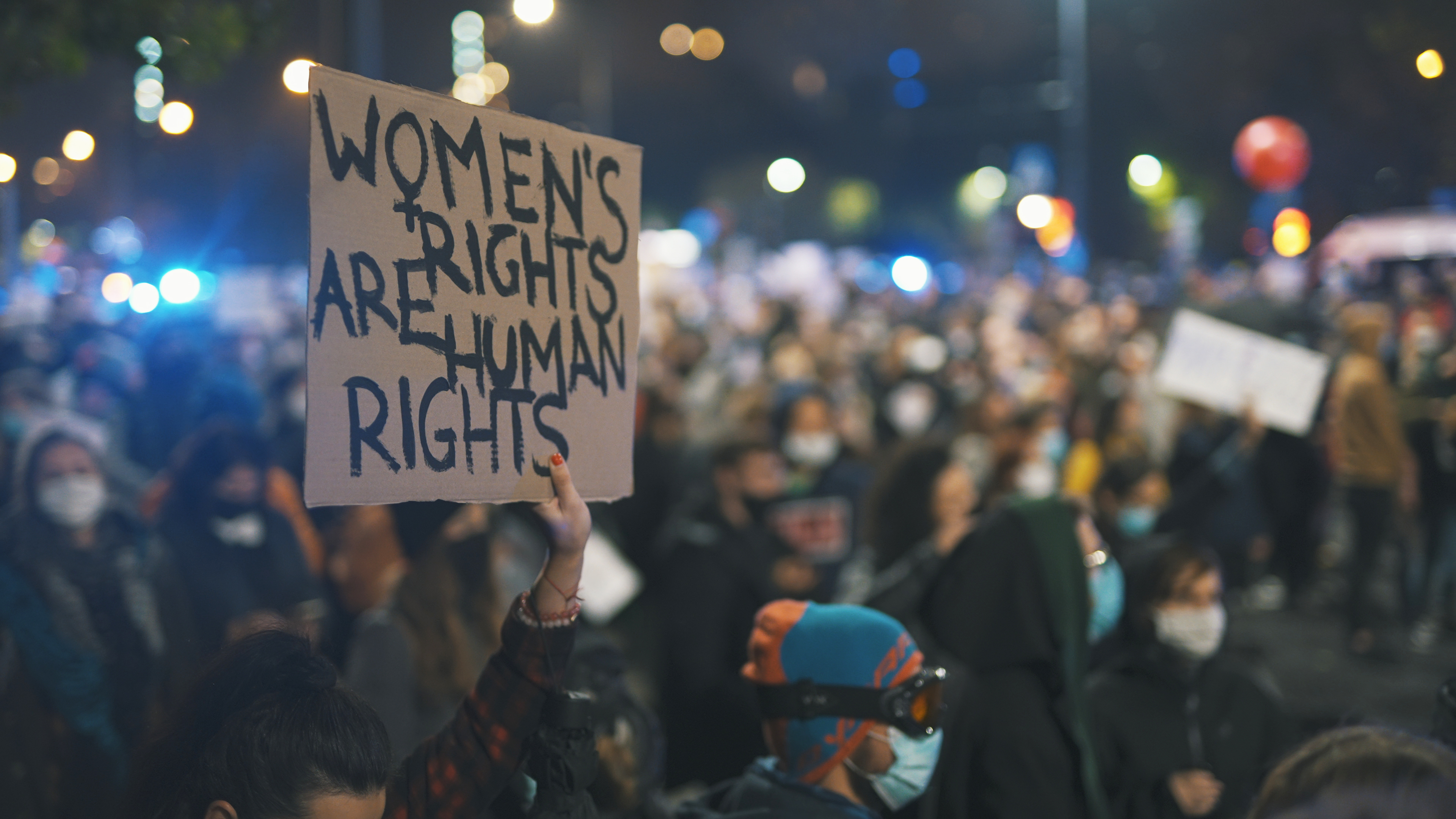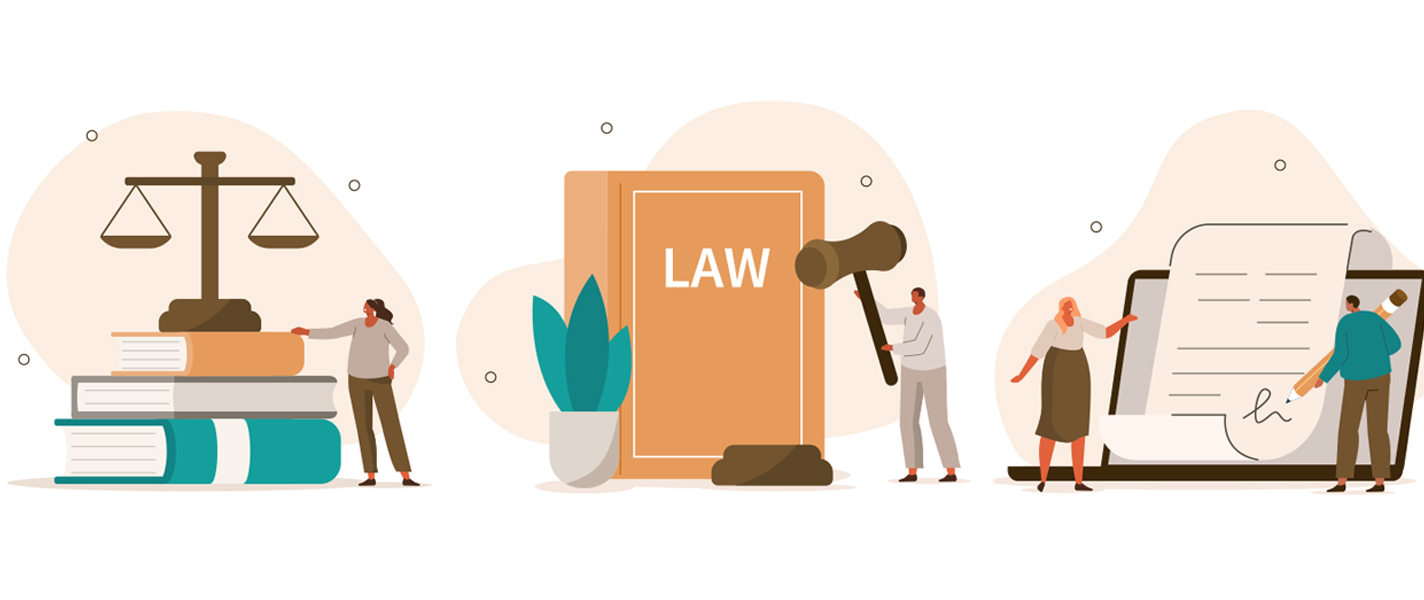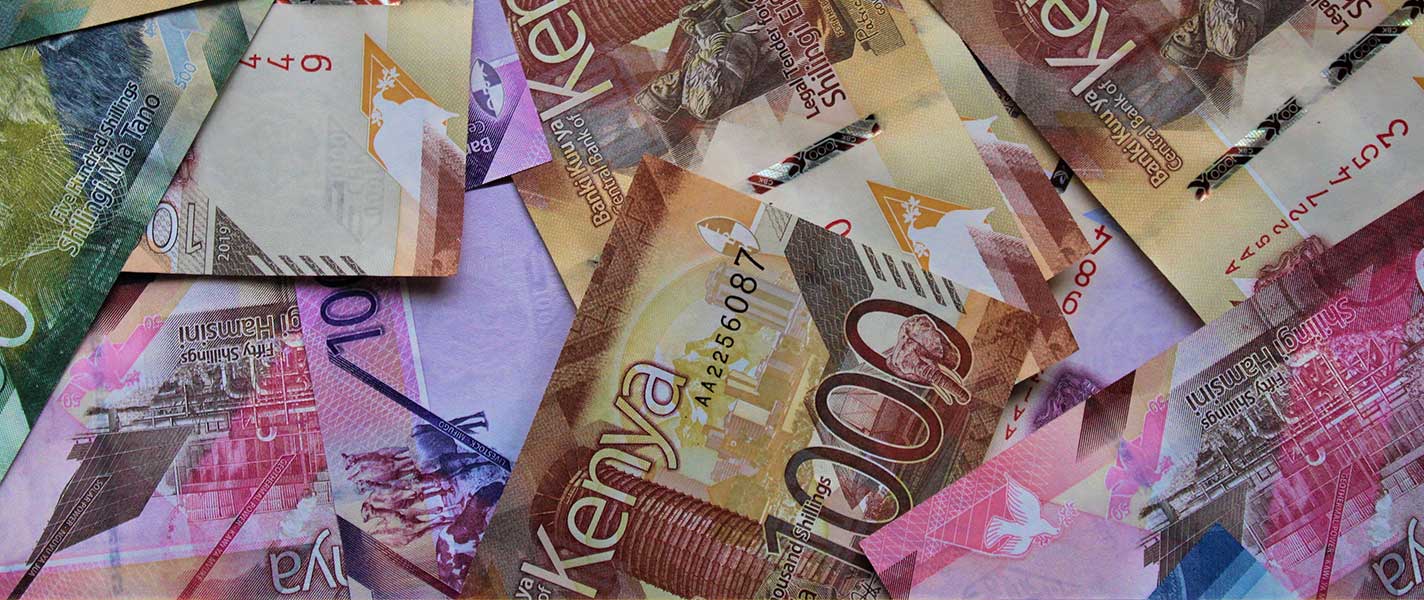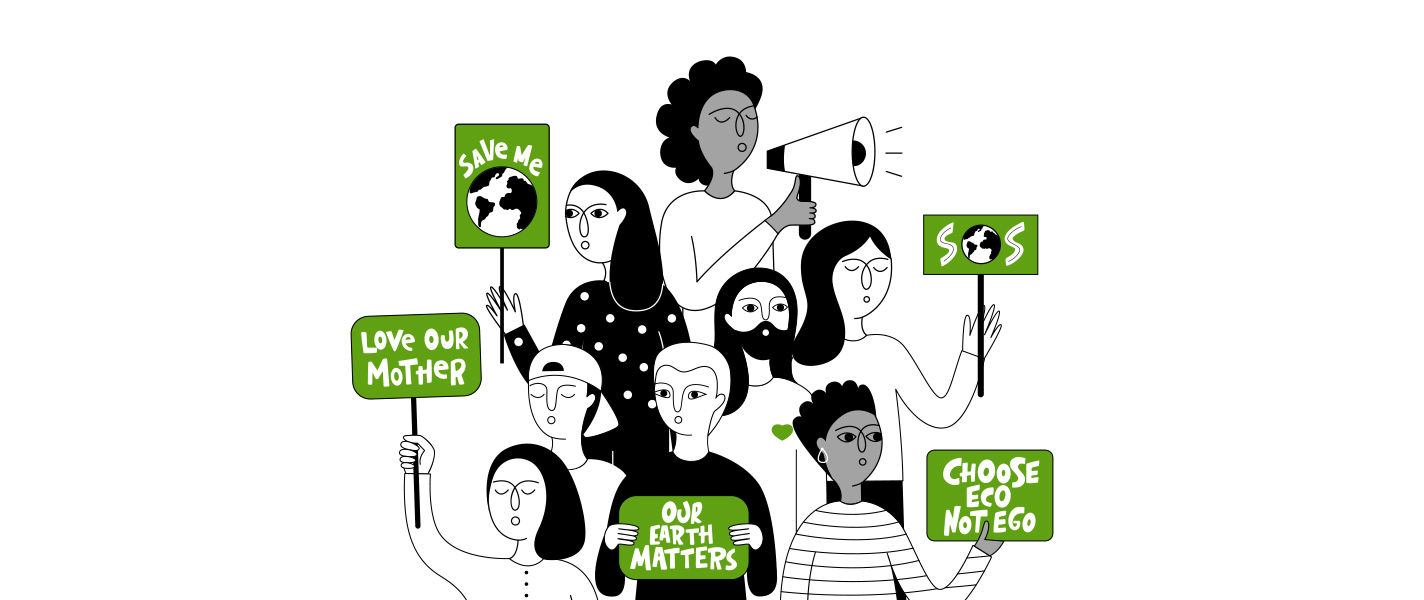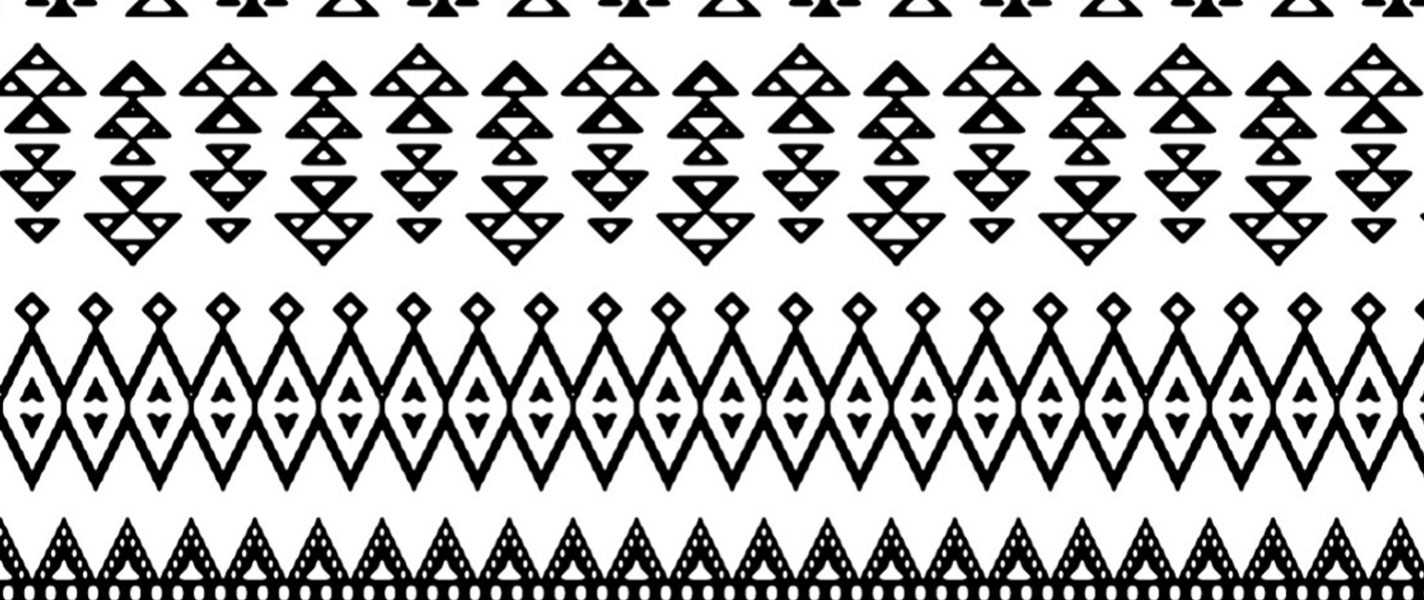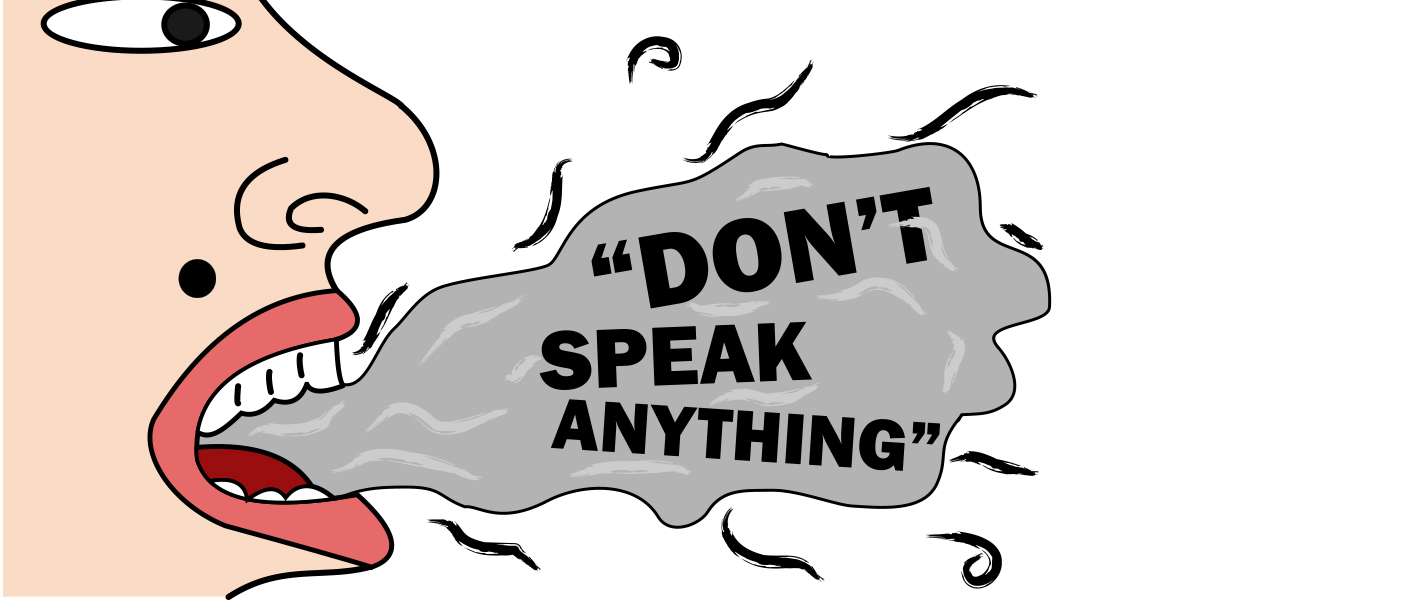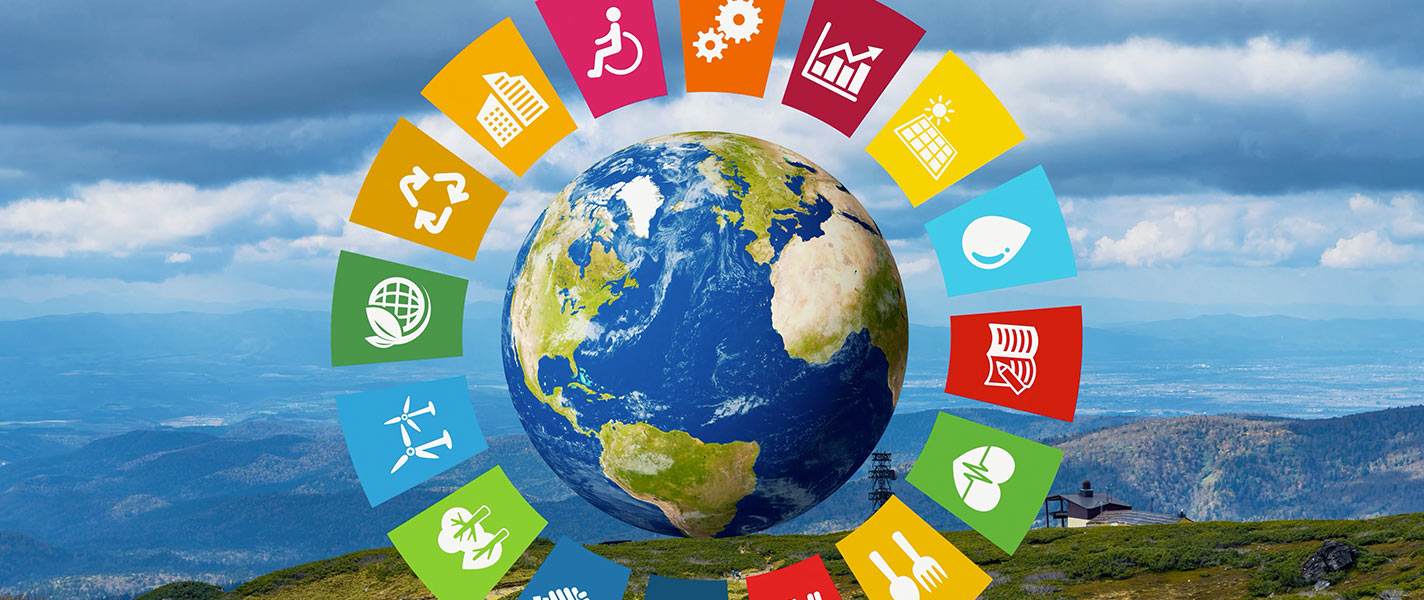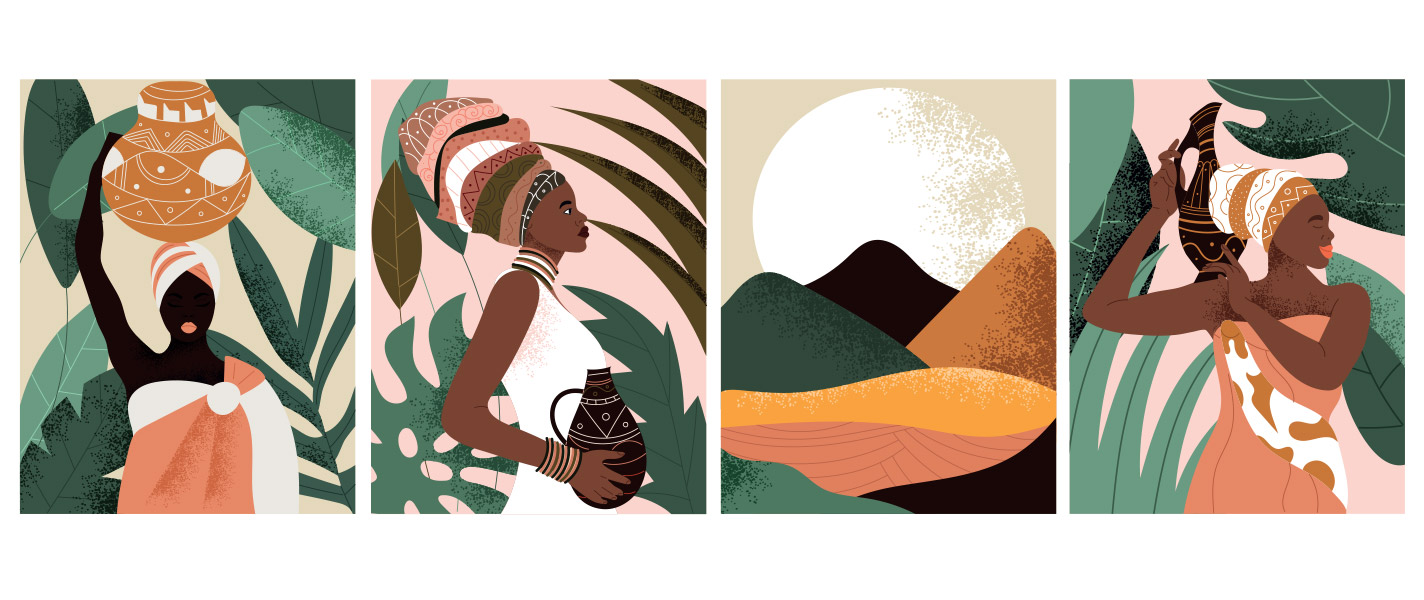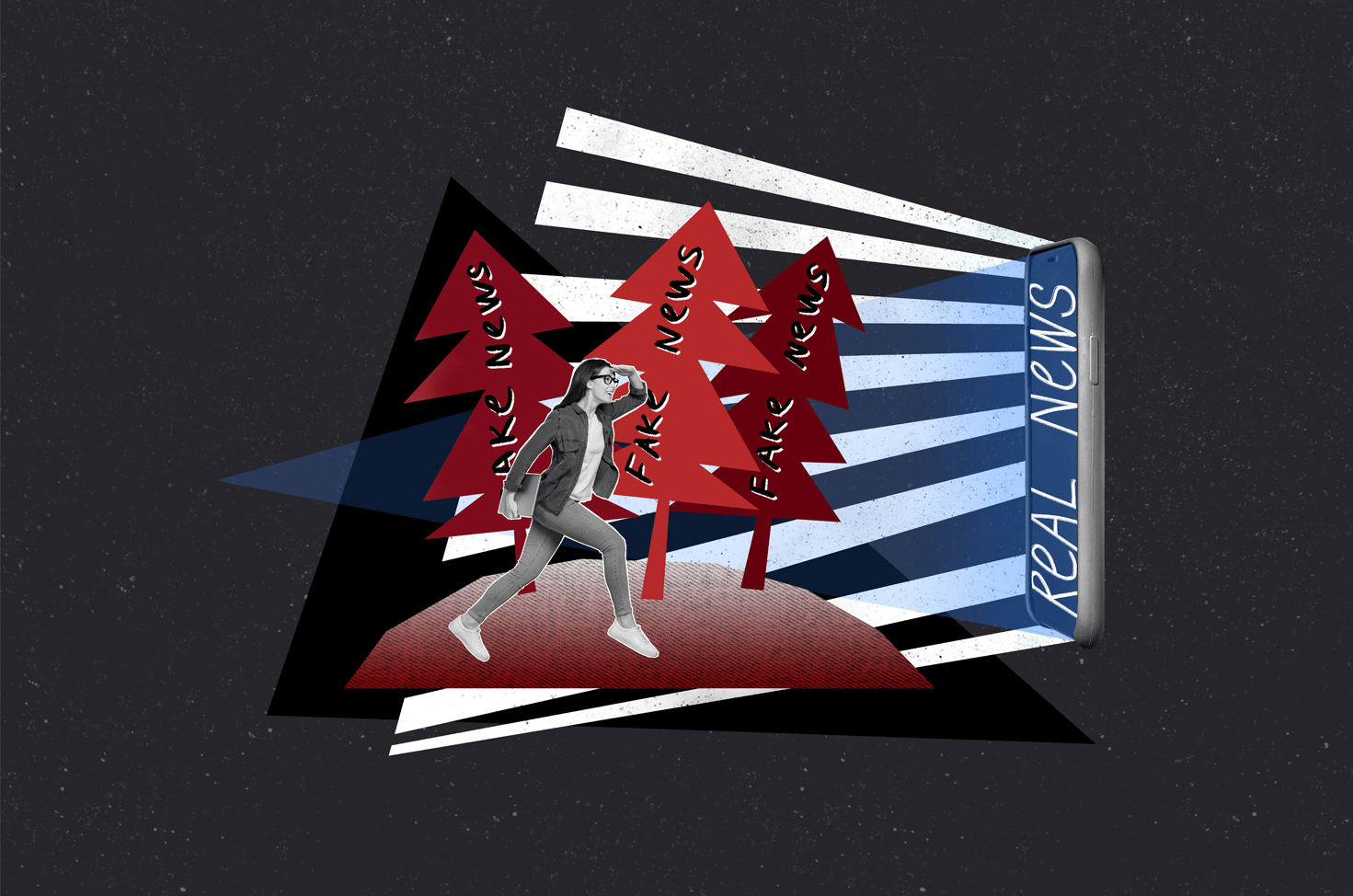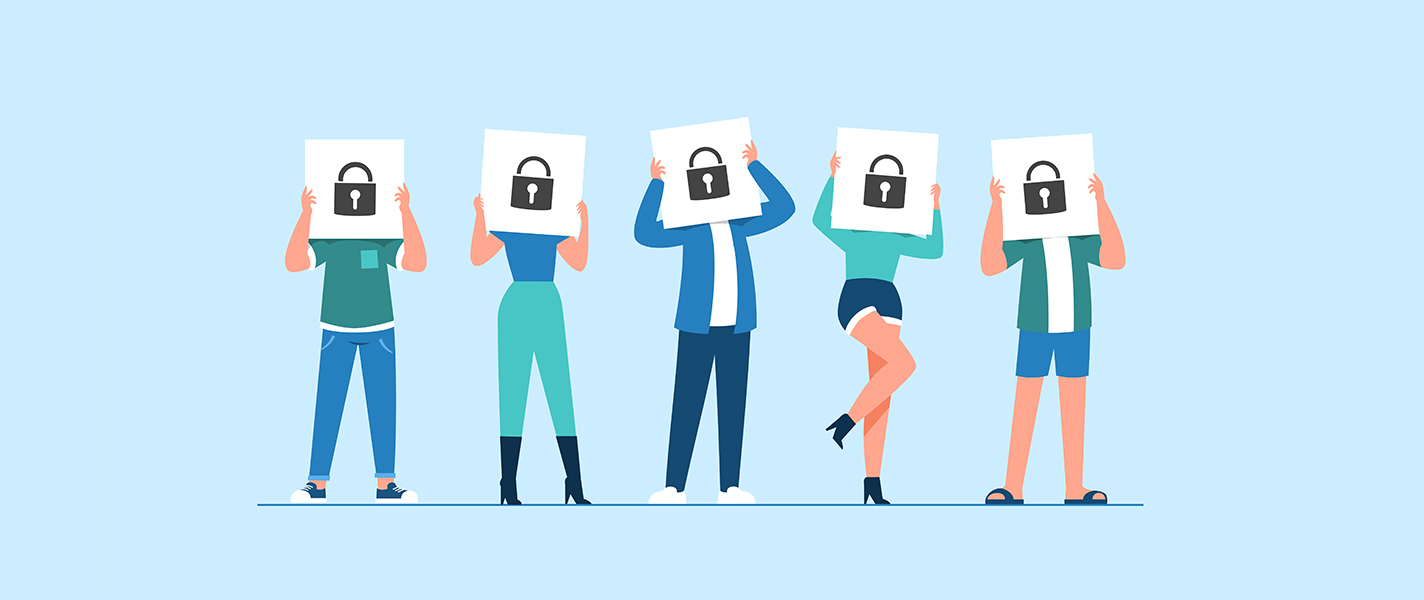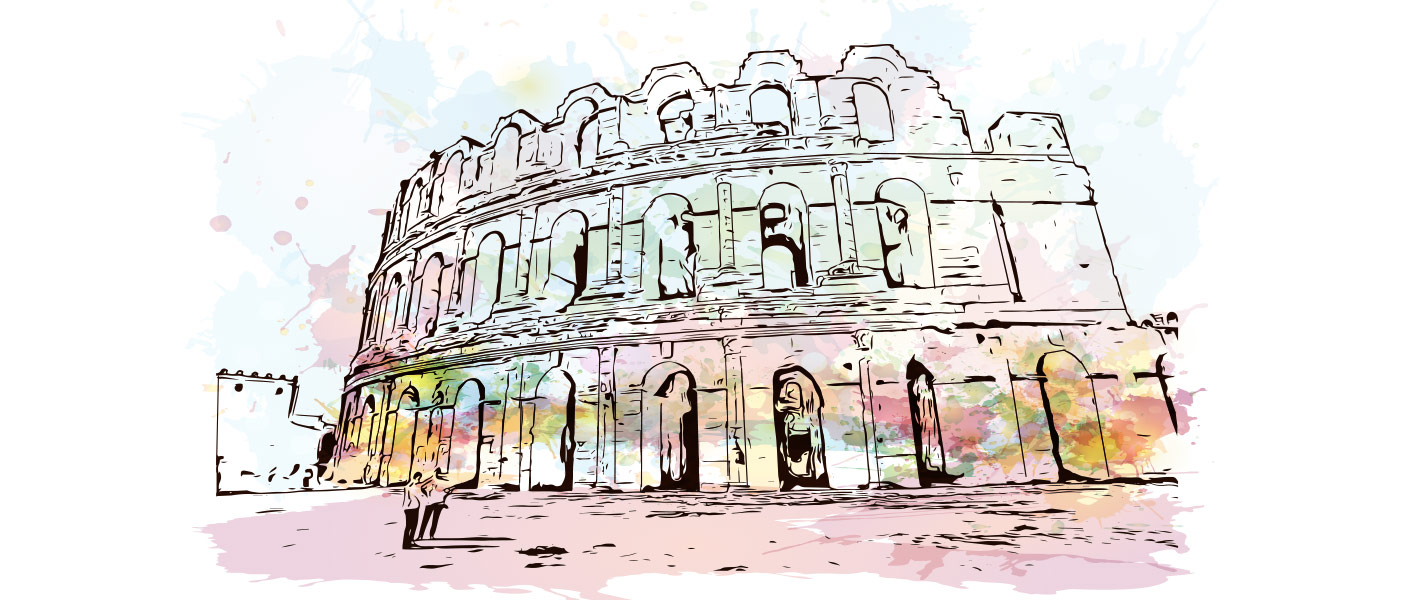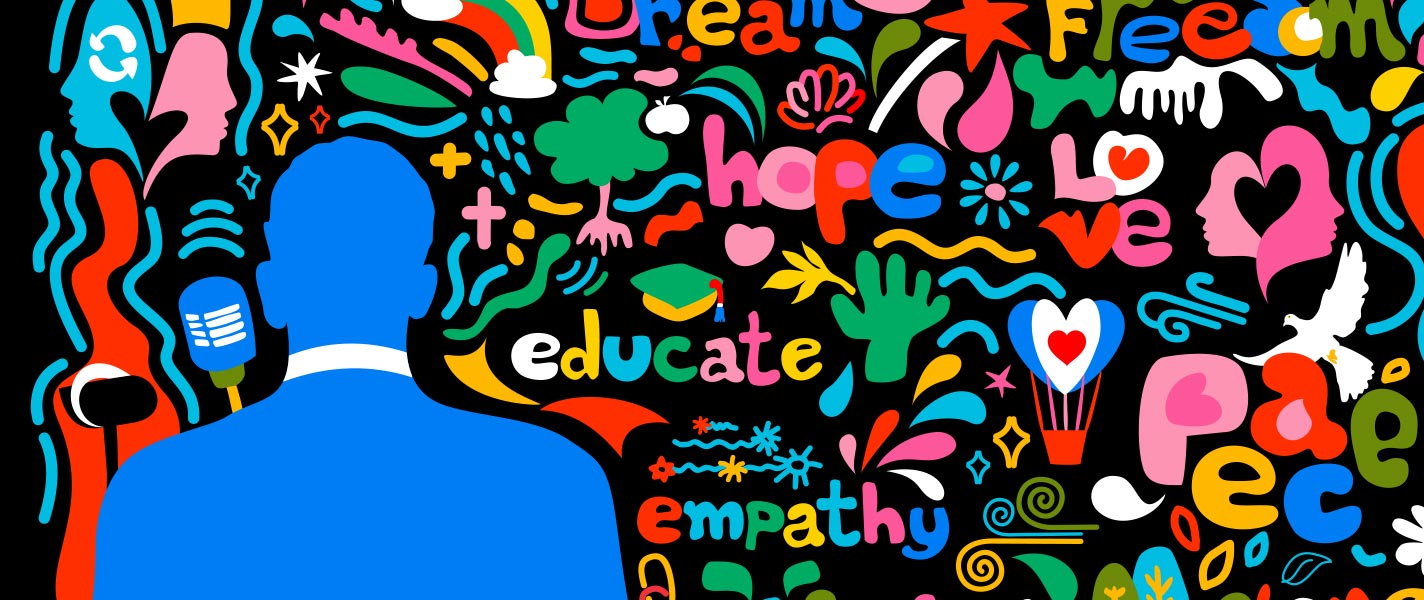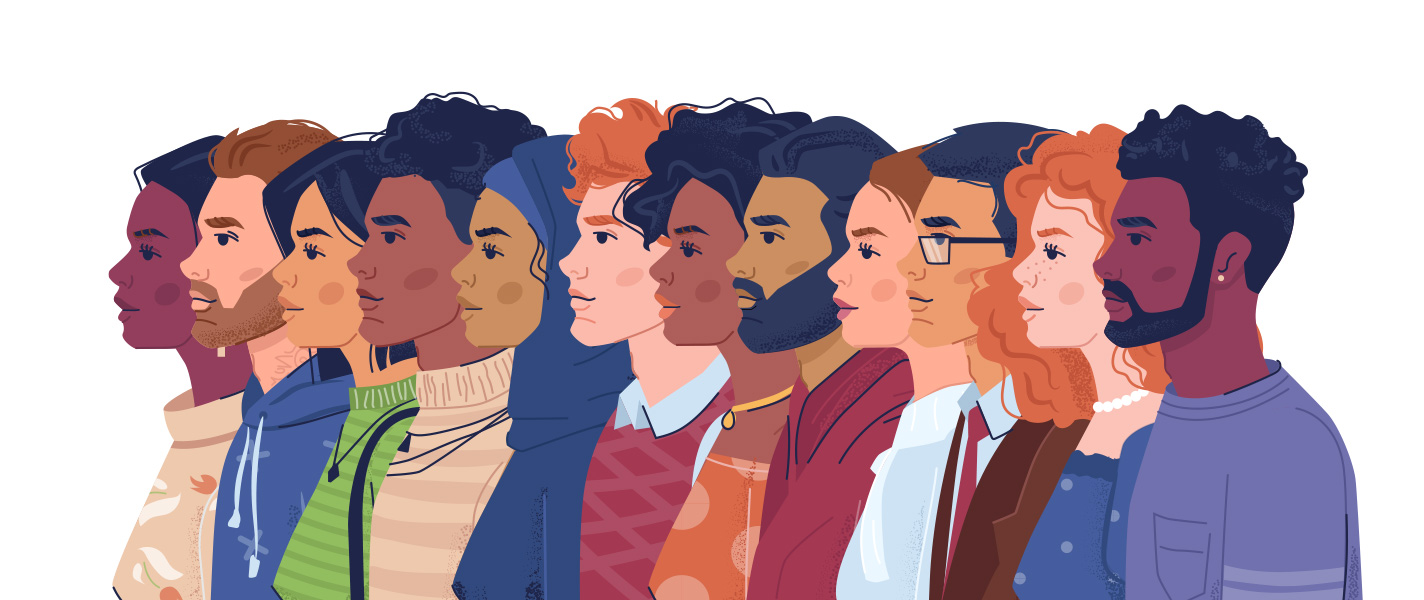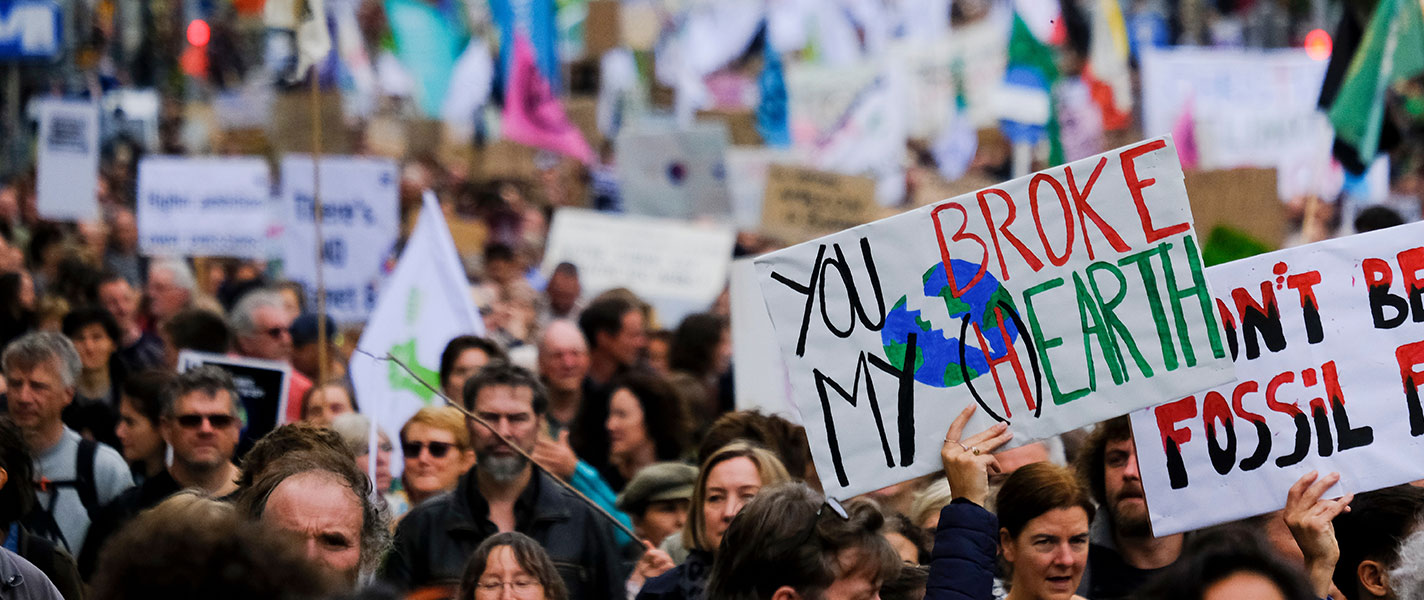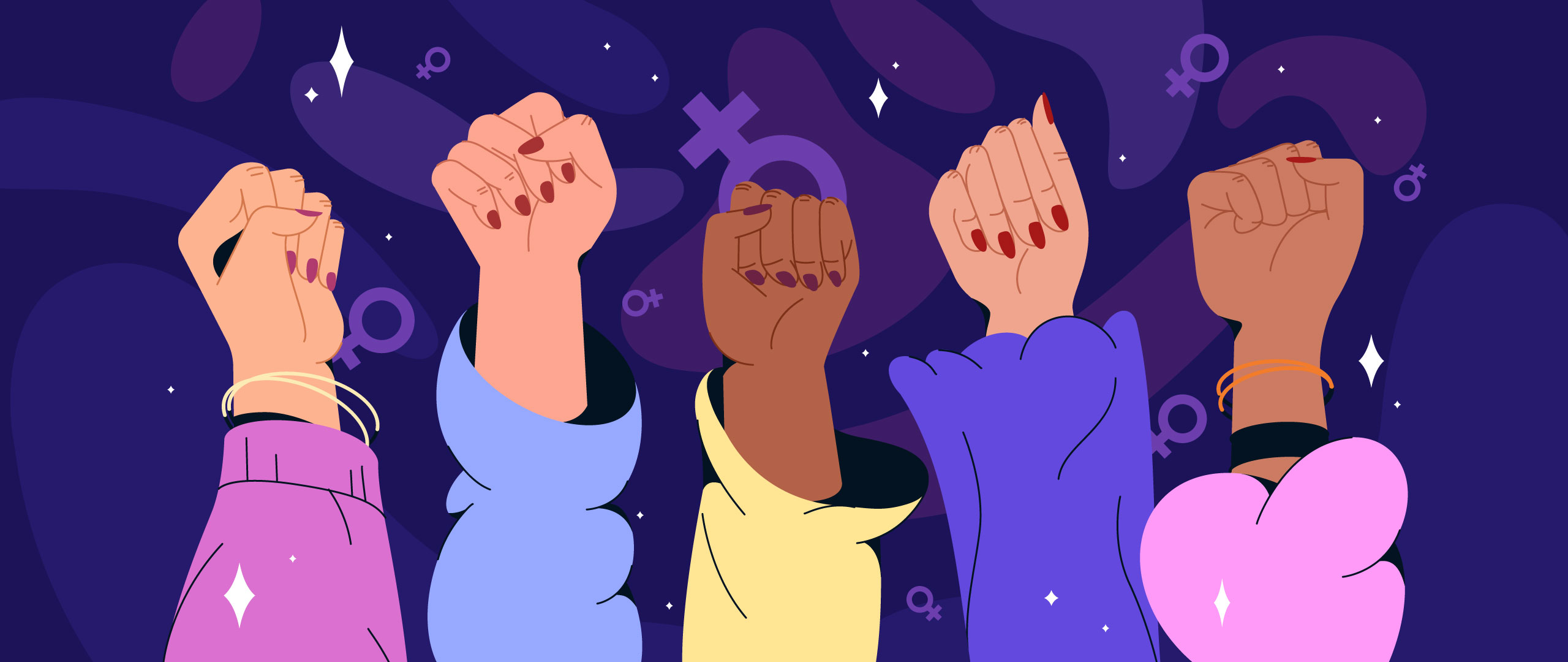The Future is Here, NFTs Rule
When all the real senses disappear, can we remain digitally alive?
NFTs (Non-fungible tokens) use blockchain to record who owns a digital file, which can be anything from artwork, image, or video to text. NFT technology has been around for a few years now, since 2014, but it was until 2021 that it became a buzzword, a year after its market value reportedly tripled.
NFTs are unique digital assets. No two NFTs are the same. What distinguishes them from each other are their different unique identification codes and metadata. Anyone can create a non-fungible token. All you need is a digital wallet, a small cryptocurrency investment, and finally a connection to an NFT marketplace to upload your asset and turn it into an NFT. Like cryptocurrencies, NFTs also exist on a blockchain, which verifies the unique identity and ownership of the digital asset. The technology used to build NFTs is similar to Bitcoin and Ethereum, the most accepted crypto in the NFT market. The blockchain records all transactions connected to the particular NFT, and the asset it represents.
And from here I ponder if we can go digitally by a unique code as an NFT does since every human has a unique soul and fingerprint. This appears like a new science fiction movie, but the upgraded technology and scientific research may achieve this idea.
Meanwhile, industry experts pointed out that the popularity of NFTs would reflect the increasing focus on digital assets. There is a huge demand and investment in the development of the metaverse. For example, Sandbox is presently selling plots of land in the metaverse like NFTs so that you can create your own home or store in that virtual world.
On the other hand, there are structural deficiencies that could be troublesome for artists if NFTs persist in their current form. One is that buyers often assume that they are acquiring not just the token, but also ownership rights and copyright over the associated asset. The challenge, I think, that will happen as the froth begins to subside is people starting to ask questions like, what did I spend all that money on? what do I actually get?
Everyone is Invited to the Party but Only a Few can Eat form the Cake
A hierarchy is taking shape that puts the lie to any argument that NFTs will vanquish middlemen from the creative industries. Most artists, after all, lack the technical knowledge to create unique tokens themselves, instead relying on third-party platforms to mint and sell their NFTs. Established artists and celebrities turn to Christie’s and Sotheby’s to publicize and auction their tokens. Those with less money to spend, meanwhile, turn to sites like OpenSea and Nifty Gateway to flog their wares.
Copyrights are very important in this field too, transferring copyright through NFTs is possible, but it requires separate waivers and complex legal agreements to ensure that sellers are properly protected from civil actions. These kinds of services, however, constitute yet another barrier to entry for amateurs seeking to trade in NFTs. It costs money to enter the space, and the market is already overheated. Some people are making lots of money, but most people are not.
The more people discover how NFTs are currently being used, the more concerned they get about what is yet to come. While NFTs were created with the intention of respecting the artist, the majority of them now are being used as cash grabs by opportunistic business owners. Additionally, almost all NFT transactions use Ethereum, which is not environmentally friendly, to say the least. Ethereum uses a security mechanism called proof of work, which is what makes the NFTs fraud-proof. This security measure requires a significant number of computers around the world to be working simultaneously, resulting in high electricity consumption.
While many do not see how NFTs could be the next big thing in the digital world, some see it as a digital breakthrough. NFTs are believed to be putting power and economic control back into the hands of digital creators and pushing forward the next internet revolution. With this being said, NFTs still have a long way to go to reach this potential.
The article represents the views of its writer and not that of LEED Initiative.


